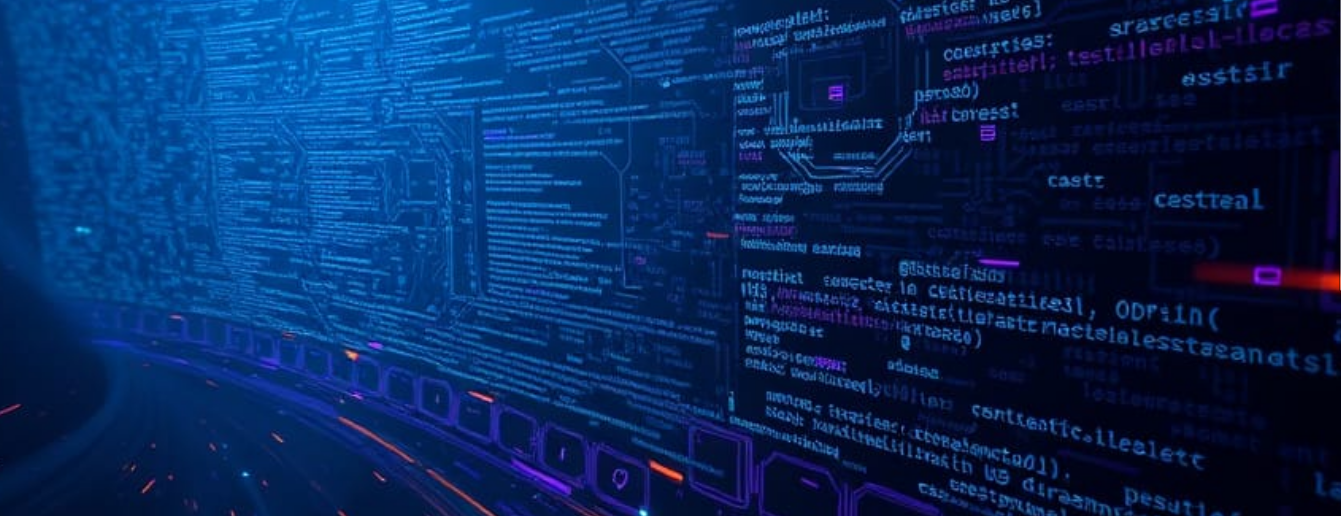Imagine you have two artists: a forger and an art critic. The forger tries to create fake paintings that look just like the real ones, while the critic tries to distinguish the fakes from the authentic pieces. As they both get better at their jobs, the forger becomes more skilled at creating convincing fakes, and the critic becomes more adept at spotting subtle differences. This constant back-and-forth competition is the core idea behind a GAN.
In the context of AI, a GAN consists of two neural networks:
-
The Generator: This is like the forger. Its goal is to create new data samples (like images, videos, or even 3D models) that are indistinguishable from real data. It takes random noise as input and tries to transform it into realistic-looking outputs.
-
The Discriminator: This is like the art critic. Its job is to look at both real data samples and the fake samples produced by the generator and determine which is which. It learns to identify the subtle patterns and features that distinguish real data from generated data.
These two networks are trained simultaneously in an adversarial manner. The generator tries to fool the discriminator, while the discriminator tries not to be fooled. As this training process continues, both networks improve. The generator learns to produce increasingly realistic data, and the discriminator becomes better at detecting fakes. Ideally, the generator will eventually become so good that the discriminator can no longer reliably tell the difference between real and generated data.
Now, how does this relate to Augmented Reality? AR is all about overlaying computer-generated content onto the real world. This content can range from simple text and images to complex 3D models and interactive experiences. GANs can play a significant role in enhancing the realism and quality of this generated content in several ways:
-
Generating Realistic 3D Assets: Creating high-quality 3D models for AR environments can be a time-consuming and resource-intensive process. GANs can be trained on datasets of real-world objects to generate new, realistic 3D models with varying textures, shapes, and details. This can significantly speed up the development of AR applications and populate virtual environments with diverse and believable content.
-
Enhancing Existing Assets: GANs can be used to improve the visual fidelity of existing 2D or 3D assets used in AR. For example, a GAN could be trained to upscale low-resolution images or add realistic textures and details to existing 3D models, making them appear more natural when overlaid onto the real world.
-
Creating Stylized AR Content: Beyond photorealism, GANs can also be used to generate AR content with specific artistic styles. By training a GAN on a dataset of paintings or other artistic works, it can learn to render virtual objects or even transform the user’s real-world view in a particular artistic style, opening up exciting possibilities for creative AR experiences.
-
Generating Realistic Occlusion and Lighting Effects: One of the challenges in AR is making virtual objects interact realistically with the real world in terms of occlusion (one object blocking another) and lighting. GANs can be trained to predict how virtual objects should be shaded and how they should occlude real-world objects based on the surrounding environment, leading to more immersive AR experiences.
In essence, GANs offer a powerful tool set for generating the visually compelling and realistic virtual content that is crucial for creating truly immersive and engaging Augmented Reality experiences. By learning from real-world data, they can help bridge the gap between the virtual and the real, making AR feel more natural and believable.
